595 tulosta löytyi
Skip results of view Uutiset

On 3 May 2022, the European Commission presented its proposal for the European Health Data Space (EHDS), a milestone for easier and more secure rules, structures, and processes across EU Member States to access and share health data across borders. Building on legislation such as the GDPR, the proposed Data Governance Act , draft Data Act and the NIS Directive, the EHDS aims at addressing the complexity of present European rules on data sharing in the health sector, unveiled during the COVID-19 pandemic, and foster health digital services across Europe. To do so, this health specific European

Every day, millions of people search, publish, reuse and analyse data. Very often, however, it is very difficult for users to find the correct data. In this regard, correctly citing data is fundamental to allow people around the world to make the best use of data. But how should data be cited? The recently published guide by the Publication Office of the European Union, ‘ Data citation: a guide to best practice ’, includes recommendations and best practices on how to cite data. D ivided in three parts, this publication firstly addresses the importance of good data citation and explores all its
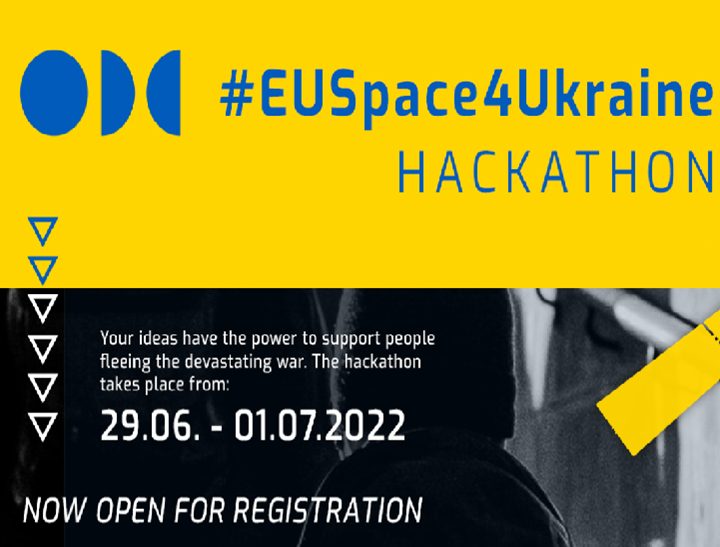
To provide or enhance humanitarian help to people fleeing Ukraine, the European Union Agency for the Space Programme 's (EUSPA) is organising the #EUSpace4Ukraine Hackathon . The hackathon, which will take place from 29 June to 1 July 2022, aims at developing different kinds of humanitarian support solutions: from replacing broken landlines on the Ukrainian territory, to fostering coordination across private and public helper organisations and creating platforms for the integration of refugees in host countries. These solutions should leverage data and services from the EU Space Programme
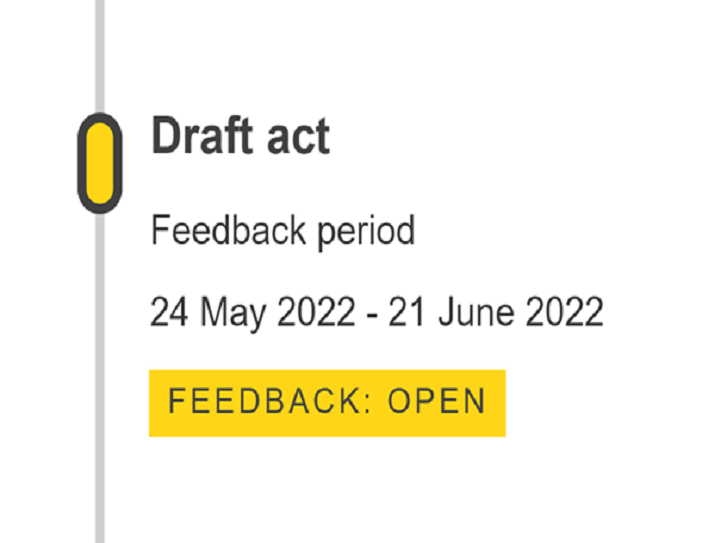
Provide your feedback to the European Commission's draft Implementing Act on High Value Datasets until 21 June 2022. After launching an open public consultation on the Implementing Act, the Commission now seeks to gather feedback from citizens and stakeholders on the draft implementing regulation. In the framework of the Open Data Directive , the European Commission will adopt an Implementing Act specifying those High Value Datasets (HVDs) that public sector organisations will have to make available free of charge, in machine-readable format, via Application Programming Interfaces (APIs) and

Eurostat has been publishing its annual flagship publication, the Eurostat regional yearbook , for over 20 years. However, in times of digitalisation, with changing publication modes and user needs, it became necessary to rethink the format of the publication, including the opportunities and challenges this presented. In the data.europa academy webinar ‘ Eurostat regional yearbook goes digital!’ , the Eurostat team will present the journey from a printed/pdf publication with a long-standing tradition to a digital publication and modern interactive tool. We will walk through the different
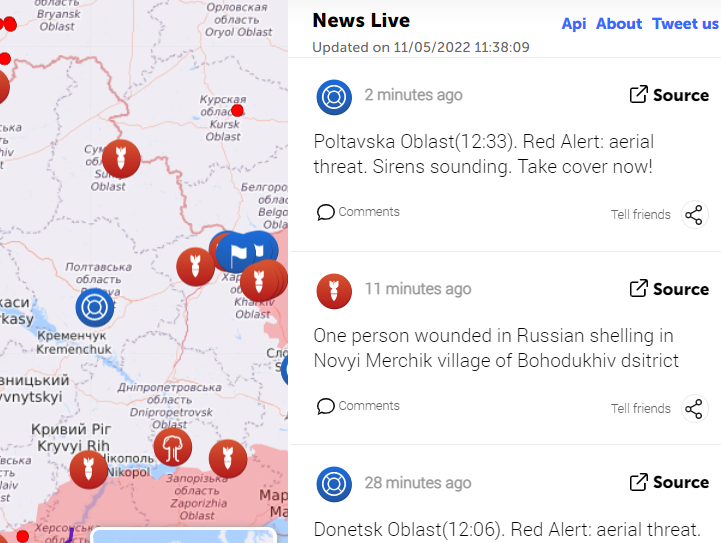
In the Russian war against Ukraine, open-source intelligence has been used to understand its progress. The Live Universal Awareness Map ‘Liveuamap’ is an interactive map-based news and information site dedicated to reporting on conflicts, human rights issues, protests, terrorism, weapons deployment, health matters and natural disasters. The map identifies events related to, amongst others, Russia’s invasion of Ukraine. It relies on social media, using embedded geotags to determine location. This data is collected by ‘AI web crawlers’, which filter relevant stories that are forwarded to a group

Based on existing literature and case studies, the GovLab has developed a Periodic Table of Open Data Elements. In the same way the Mendeleev´s periodic table describes the most important characteristics of chemical elements, the GovLab´s table depicts all enabling and disabling factors of open data initiatives´ impact. More specifically, the table clusters open data enabling and disabling elements along five central categories, which are likely to either facilitate or disrupt the success of open data projects when replicated across countries. These categories are: Problem and Demand
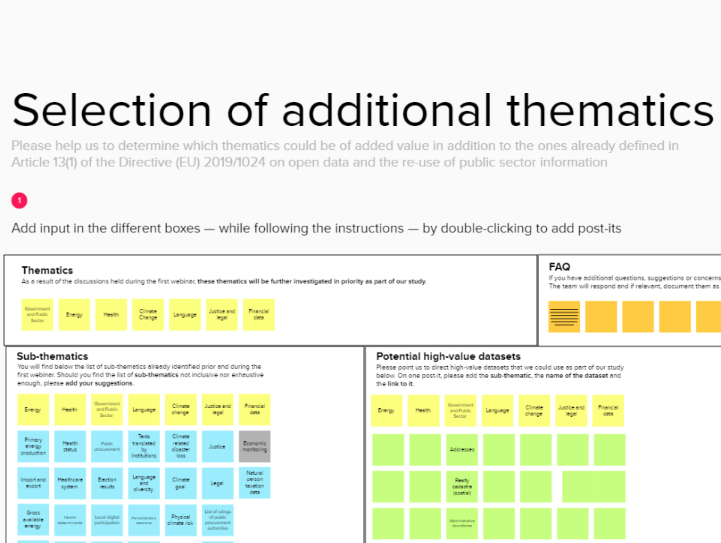
DG CONNECT is leading a study on the identification of thematic categories for the extension of the current list under the Open Data Directive . The study will propose new thematic categories for high-value datasets based on desk research and direct contribution from the different actors (e.g., data publishers, data reusers ) to enable, in a second step, to conduct a socio-economic (impact) assessment of the potential benefits of these new thematic categories. A particular attention will be given to the potential value of re-using public sector information from a start-up and SMEs perspective
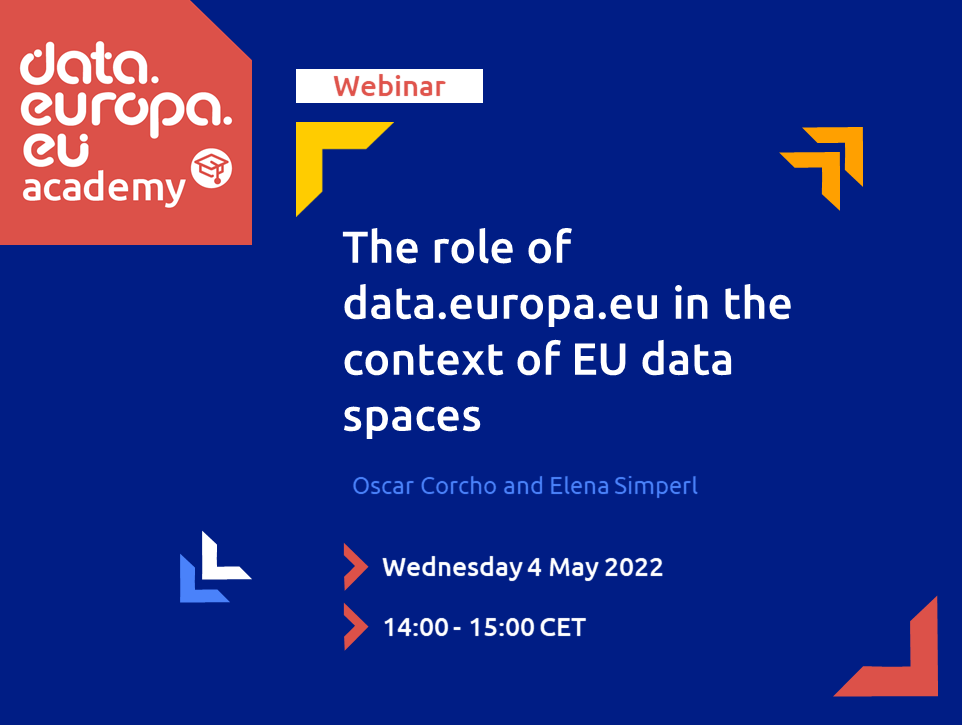
The developments of common European ‘data spaces’, where a community of individuals share and use data cording to pre-set rules, calls for the question of the role of open data and data portals within the wider ecosystem of data spaces. On 4 May 2022, the data.europa academy hosted the webinar ‘ The role of data.europa.eu in the context of EU data spaces’ to explore this topic further. The webinar followed up on the recently published report ‘ Data.europa.eu and the European common data spaces: A report on challenges and opportunities’. The webinar’s presenters and authors of the report, Elena
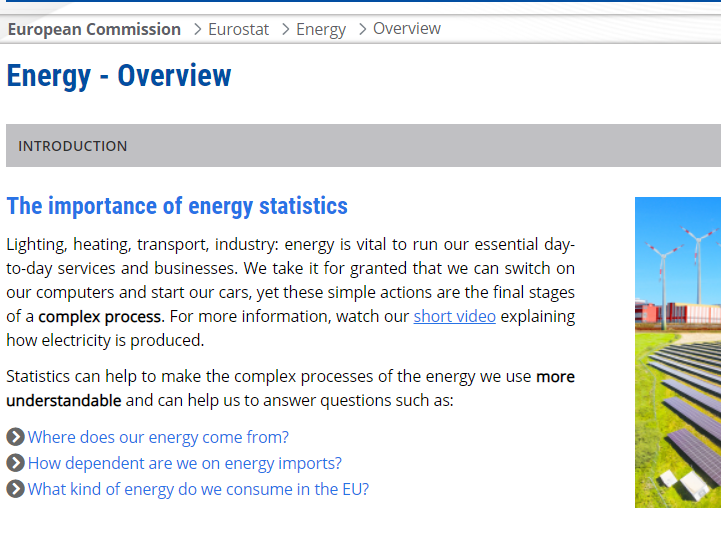
The price and quantity of energy in the EU depends on many supply and demand factors, including geopolitics. With the Russian invasion of Ukraine driving oil and gas prices to higher levels, energy has become, for both governments and citizens, an even greater topic of concern to be closely monitored. At the same time, however, the speed with which energy prices currently change can make this monitoring quite challenging. To keep track of the dynamic price changes for energy and remain informed about present and future energy trends, several EU energy statistics tools can be used. Firstly
